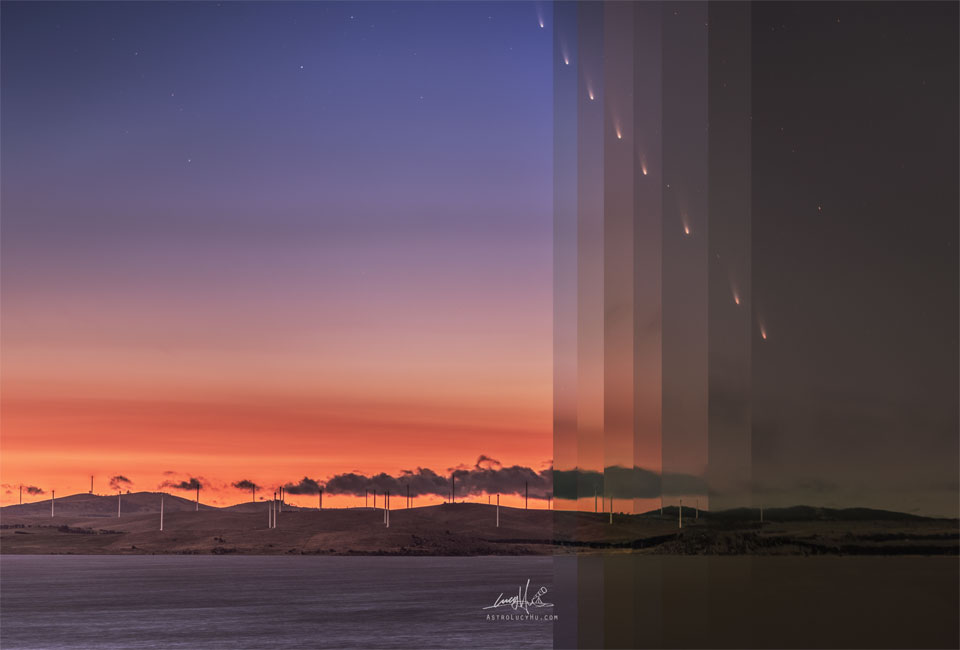There is supposed to be another comet that will hopefully become visible after the 27th of September. I think I read that it only passes by every 87,000 years so that is why it was only discovered last year.
When I first read about it I seem to remember that if visible, we would see it in the southwest skies just over the horizon after sunset
From space.com
When I first read about it I seem to remember that if visible, we would see it in the southwest skies just over the horizon after sunset
From space.com
Hopefully, the comet will continue to remain intact and undiminished as it presses closer to the sun, reaching its closest approach on Sept. 27. For several days thereafter, Tsuchinshan-ATLAS might be sighted about 45 minutes before sunrise, very low near the east-southeast horizon, and possibly shining at magnitude +2 (as bright as Polaris the North Star).
But the best show could be reserved for evening skywatchers during the second and third weeks of October as the comet literally vaults upward in the west-southwest sky. We will have more to say in the coming weeks, so stay tuned!
Last edited:



